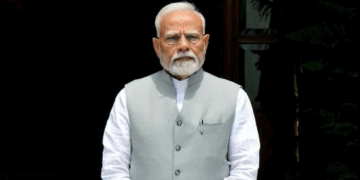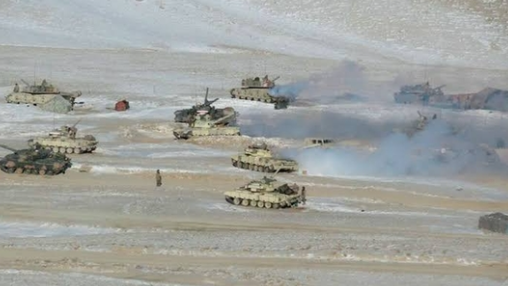In the intricate geopolitical chessboard of Asia, the Line of Actual Control (LAC) between India and China remains a focal point of contention. Recent developments suggest that Beijing is utilizing this simmering border conflict as a leverage point to dissuade India from cosying up to the Western powers, particularly the United States.
Tensions along the LAC have remained high since the deadly clash in the Galwan Valley in June 2020, which resulted in casualties on both sides. Despite numerous rounds of talks and agreements to disengage, the situation remains volatile, with occasional flare-ups reminding the world of the unresolved nature of the border dispute.
Analysts believe that Chinese President Xi Jinping views the unsettled LAC as a potent pressure point in his broader strategy to influence India’s foreign policy choices. With India’s increasing alignment with Western powers, especially the United States, China sees the unresolved border issue as a tool to keep India off balance and hesitant to fully commit to Western alliances.
The recent visit of the U.S. Secretary of State to India, where both nations reiterated their commitment to deepen strategic cooperation across various domains, including defence and technology, has likely raised eyebrows in Beijing. China’s historical distrust of any military collaboration between India and the West amplifies the significance of the LAC dispute in its calculus.
Furthermore, Beijing’s assertive moves in the South China Sea and its growing influence in India’s neighbourhood, particularly through the Belt and Road Initiative (BRI), underscore China’s ambition to maintain a dominant position in the region. By keeping India preoccupied with border tensions, China aims to deter New Delhi from fully embracing the West and participating in initiatives perceived as countering Chinese interests.
India, on its part, finds itself in a delicate balancing act, seeking to maintain strategic autonomy while navigating the complexities of its relationships with both China and the West. The unresolved border issue poses a persistent challenge to India’s foreign policy calculus, forcing it to carefully weigh its options amidst the shifting dynamics of global politics.
As both India and China continue to grapple with the complexities of their relationship, the unsettled LAC stands out as a critical factor shaping not only bilateral ties but also broader regional dynamics. While diplomatic efforts persist to find a peaceful resolution to the border dispute, the strategic implications of the LAC remain a significant aspect of the complex web of relations in Asia.








 India
India











